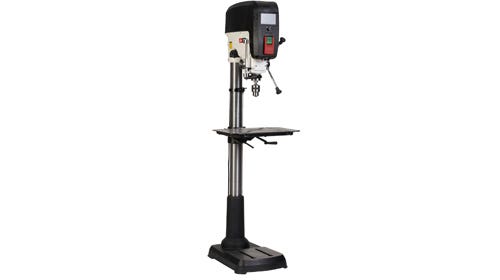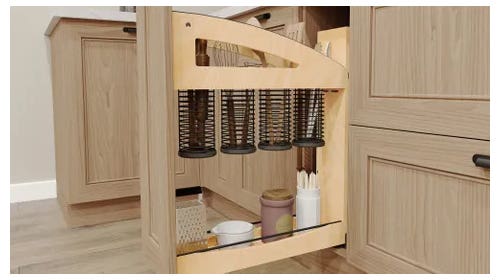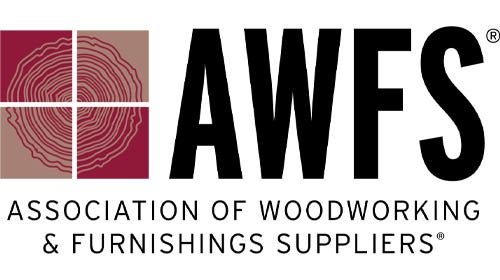Stickleys home brought to life
It’s been done with Frank Lloyd Wright, Mark Twain and other historical figures. Now the former home of Gustav Stickley, located in a residential area on Columbus Avenue in Syracuse,…
It’s been done with Frank Lloyd Wright, Mark Twain and other historical figures. Now the former home of Gustav Stickley, located in a residential area on Columbus Avenue in Syracuse, N.Y., will likely be turned into a public museum sometime in the future if adequate funding can be secured.
Dave Rudd, a specialist on Gustav Stickley and owner of Dalton’s American Decorative Arts, a Syracuse antique gallery, confirmed that efforts are under way to convert the now-abandoned home. During the summer, architects and urban planners got started on a feasibility study, which is the first step in assessing the building’s potential.
Rudd once owned the home before selling it to the Stickley-Audi Co., of Fayetteville, N.Y., in the mid-1990s. Stickley-Audi Co. operates as a museum featuring the work of the famous Stickley brothers. Rudd says that although he is not privy to all of the dealings between those involved, he is aware that Stickley-Audi is currently collaborating with the Everson Museum of Art in Syracuse on the museum proposal.
Built in the late 1890s, the Queen Anne-style building is essentially Gustav Stickley’s first attempt at creating a building with an Arts & Crafts-style interior. In December 1901, after Stickley had bought it and moved in, a fire destroyed the interior. Stickley then took it upon himself to design and have someone remodel the home in his desired fashion, focusing on craftsmanship and the use of natural materials.
“The whole structure is significant to me because it really tells the story of the beginning of the Craftsman style and the beginning of Arts & Crafts as we know it because you walk up to the front of this Queen Anne house and the first thing you notice is a doorway that has been changed to a Craftsman-style door and you’re fully emerged into one of the most fantastic interiors Gustav Stickley produced,” says Rudd.
Rudd believes the structure is worth turning into a museum for the enjoyment of future generations. He says that nothing was done with it for a long time because of the transitional urban neighborhood in which it is located.
“This is probably one of the most important 20th century interiors in the country. When we first bought it, my partner had ideas of getting the city and state involved and creating some sort of Williamsburg, Virginia-type Arts & Crafts colony there. That never took off. We agreed to sell the house and that’s when the Audis stepped up and purchased the house from us.”
The two museums have applied for various funding and are hoping for good news before the end of the year. As stated in various news reports, the renovations are expected to be in the $2 million range and could take several years.
“That’s the number they are throwing around. I think that’s accurate. I don’t think the house is in that much of disrepair. It’s just that if you’re going to turn a historic structure like that into a museum-quality structure, you have to go way beyond creating a home to live in.”
This article originally appeared in the November 2012 issue.







